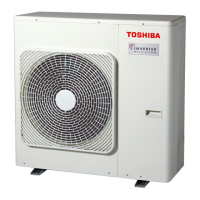
Do you have a question about the Toshiba RAS-4M27U2AVG-E and is the answer not in the manual?
| Refrigerant | R410A |
|---|---|
| Indoor Unit Dimensions (WxHxD) | Varies by indoor unit model |
| Outdoor Unit Dimensions (WxHxD) | 37.2 x 33.1 x 16.1 inches |
| Weight (Indoor Unit) | Varies by indoor unit model |
| Cooling Capacity (BTU) | 27000 BTU |
| Indoor Unit Weight | Varies by indoor unit model |
Details warnings and their meanings for safe operation.
Details about the R32 refrigerant, GWP, and handling.
Guidelines for selecting a suitable location for the outdoor unit.
Important safety and structural considerations for mounting the unit.
Instructions for proper drain setup and sealing.
Specific advice for installing in snowy or cold climates.
Methods for securely attaching the outdoor unit to its foundation.
Steps to remove the front panel for access to internal components.
Overview of connecting refrigerant pipes, including flaring and torque.
Detailed procedure for flaring pipe ends for refrigerant connections.
Steps for securely connecting refrigerant pipes using flare nuts and torque wrench.
Procedure for removing air from the refrigerant system using a vacuum pump.
Guidance on insulating refrigerant pipes for optimal performance and safety.
Diagrams and instructions for connecting electrical wires between units.
Procedure to verify electrical and refrigerant connections before operation.
Methods to detect refrigerant leaks at connection points.
Steps to perform operational checks in cooling and heating modes.
Guidance for explaining operation and maintenance to the end user.
General guidance for installation tasks.
Criteria for determining if existing R22/R410A pipes can be used for R32.
Cases where existing pipes must be cleaned or replaced.
Methods to protect pipes from rust when exposed to air.







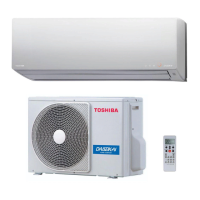
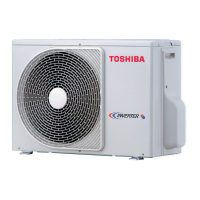

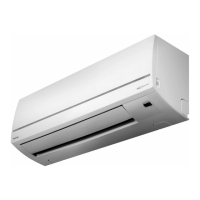
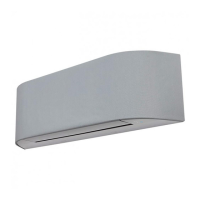
